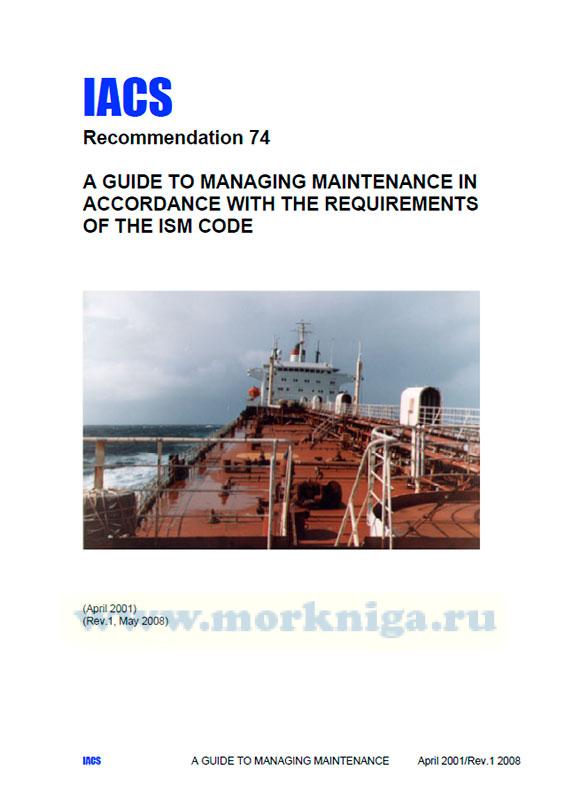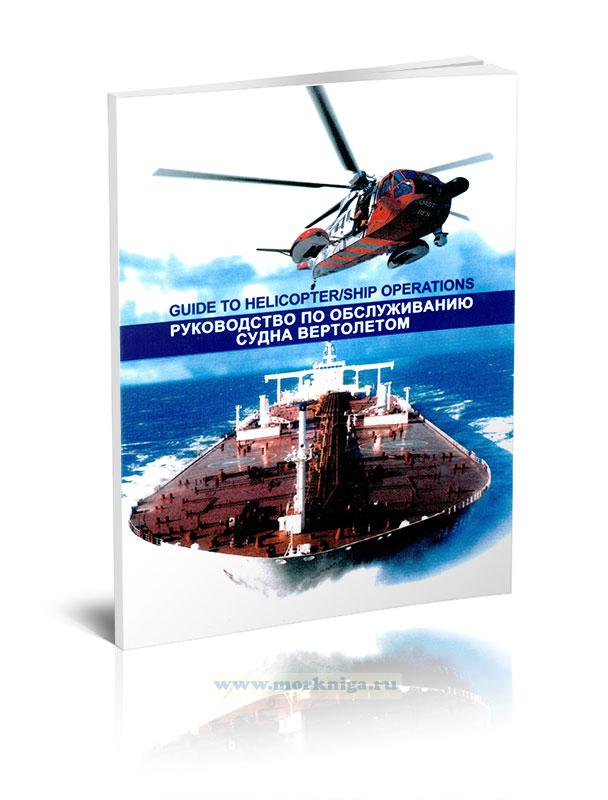А guide to managing maintenance in accordance with the requirements of the ISM CODE. IACS № 74
The ISM Code makes it clear that the ship operator (the “Company”) is responsible for ensuring the safe and pollution-free operation of the ship. In particular, the Company is
required to ensure that the ship’s hull, machinery and equipment are maintained and operated in accordance with the applicable rules and regulations and any additional
requirements that may be established by the Company.
This will be achieved only if the Company’s senior management is committed to applying the necessary resources, including appropriately qualified and competent crews.
A well designed and effectively implemented maintenance management system not only helps the Company to meet the safety and pollution-prevention objectives established by the
ISM Code, but is also a sensible investment in the protection of a very valuable asset. The management of shipboard maintenance is often regarded as an entirely technical matter,
somehow unrelated to safety and pollution prevention, and the exclusive responsibility of the technical staff. As a result, shipboard maintenance is the least-developed and weakest
element in many management systems. This increases the risks to personnel, property and the environment, and can result in substantial costs arising from repairs and operational
delays. It not only threatens ISM certification, but also increases the risk of port state control detentions. (Of all the port state control detentions attributed to failures in shipboard safety
management systems, more have referred to maintenance than to any other clause of the ISM Code.)
The purpose of this document is to assist ship operators in meeting the requirements of the ISM Code with respect to shipboard maintenance and to provide guidance on the
development and improvement of maintenance management systems by establishing the principles on which they should be based, and by identifying their fundamental elements.
Although it provides useful guidance on what external auditors will be looking for, companies should avoid the temptation to create systems with the sole aim of keeping the auditor happy.
The objective must be to ensure the safe and reliable operation of the ship and its equipment, and compliance with all the applicable regulations. How this is achieved will depend on the
size and complexity of the company and the types of ships that it operates. The system may be entirely electronic, entirely paper-based, or a combination of the two, and the level of
shore-based supervision will vary from one organization to another. All that matters is that the system works, and that it works in a way that best suits the company. If it does, it can pose no threat to the company’s ISM certification.
1. What the code says about maintenance
2. A systematic approach to maintenance
3. What records should be kept (and what use can we make of them?)
4. The identification and testing of ‘critical’ equipment
- Checklist of Principal Maintenance System Management Controls


 Циркулярное письмо MSC/Circ.1173 Принятие поправок к международному авиационному и морскому наставлению по поиску и спасанию (наставлению ИА
Циркулярное письмо MSC/Circ.1173 Принятие поправок к международному авиационному и морскому наставлению по поиску и спасанию (наставлению ИА  Циркулярное письмо MSC/Circ.1140-МЕРС/Circ.424 Передача судов государствами
Циркулярное письмо MSC/Circ.1140-МЕРС/Circ.424 Передача судов государствами  Руководство по обслуживанию судна вертолетом
Руководство по обслуживанию судна вертолетом